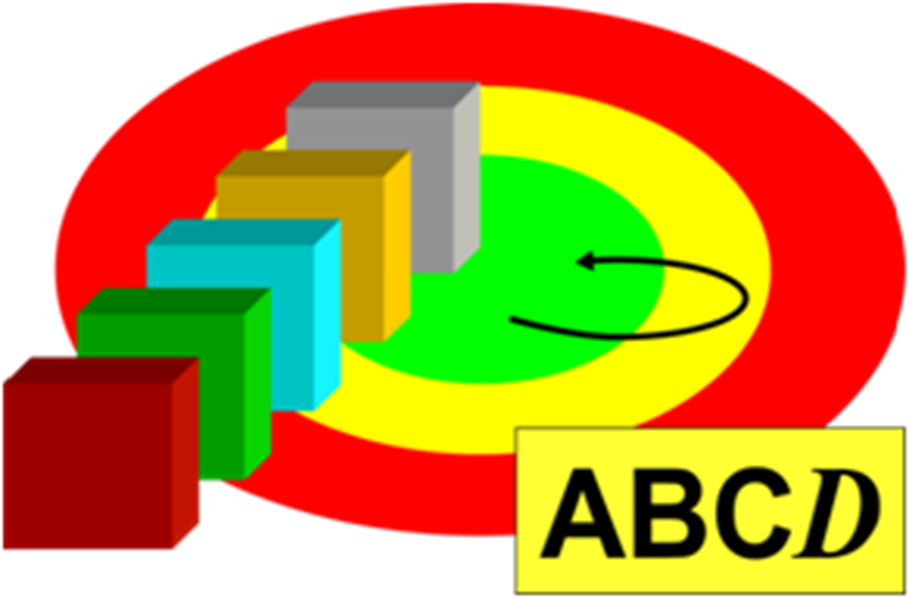|
Mar
14
2016
|
|
Posted 9 years 275 days ago ago by Admin
|
|

I’m
going to give you a simple mental tool to keep you safe: Risk Resource
Management (RRM). It’s a tool Chesley Sullenberger used for 14 years
before he famously landed his Airbus A320 in the Hudson River. It’s also
a tool he instructed his students to use when he taught crew resource
management at US Airways. It’s a tool you can use in your helicopter to make better decisions, whether you’re flying single-pilot or multicrew.
HOW DID RRM COME ABOUT?
The
short answer is: By necessity. From 1989 through 1994 US Airways
suffered five fatal crashes in five years. The FAA gave the airline two
choices: (1) Close your doors or (2) Set up an Advanced Qualification
Program (AQP). They chose the latter.
An
AQP is defined as “a flexible training qualification and evaluation
program that permits an individual operator to design a program based on
that operator’s specific needs and requirements.” Under the AQP, the
FAA is authorized to approve significant departures from traditional
requirements, subject to justification of an equivalent or better level
of safety. For pass/fail purposes, pilots must demonstrate proficiency
in scenarios that test both technical and crew resource management
skills.
John
Ross initially developed RRM for US Airways. “If the concept wasn’t
simple I knew the pilots wouldn’t use it,” Ross observed. With that
thought in mind, he created what he calls a “make-better-decisions card”
pilots carry with them for quick reference. Ross said it was slow to
catch on but
when accepted it turned around US Airways’ terrible accident rate.
Today, because of its success, RRM has been adopted by most major
airlines.
WHAT IS RRM?

RRM
is illustrated on the card in two parts. First, think of a target. The
target is green in the middle with a yellow ring surrounding the green,
and a red ring on the outside. Think of being in the green as where you
want to be when there is no task loading. There’s no stress. If a pilot
or his crew feel they’re slipping out of this green situation with
increased tasking, thus creating potential loss of situational
awareness, their situation can slip into the yellow cautionary range,
which if unchecked could then possibly lead into the red—a true
emergency. Visualize situational awareness as gradually shrinking down
to tunnel vision with increased task loading.
Next think of the four letters ABCD: Assess the situation, Balance resources, Communicate what you see/don’t see, Do your action, then Debrief the results.
Even
though RRM had been proven to work at US Airways for years, it took two
years for pilots at Southwest Airlines (where Ross now teaches) to
fully buy in to the concept. Today 60 percent of the grading in
simulator evaluation is based on RRM. A pilot can fail a checkride if
they do not demonstrate that they have a firm grasp of— and use—RRM.
Ross explains, “What RRM does is teach pilots to say ‘No,’ thus breaking
a link in an error chain forming.”
This
mindset needs to be adopted in helicopter aviation. Think of HAI
president Matt Zucarro’s message “Land the Damn Helicopter.” The RRM
tool allows a pilot to make prudent decisions before he or she needs to “Land the Damn Helicopter.”
The
AQP evaluates human factors. At US Airways they had CRM training but
Ross wanted something beyond that. He needed a very simple process that
could be used by pilots in normal operations and during time-critical
decision-making situations. At first it was called threat and error
management (TEM), which evolved into RRM. That’s when Ross came up with
his ABCD, green/yellow/red idea.
Because
Ross’s decision-making tool was simple, it worked. There wasn’t another
major incident for 14 years, that is until Sullenberger’s aircraft hit
birds and had two engines flame out. Ross attributes the successful
outcome of that flight to the fact Sullenberger and his crew had been
trained in RRM.
THE RRM PROCESS IN MORE DETAIL
Aircrews
continually assess the color of their flights. Is it in the green,
yellow (something’s changed), or red where there is the potential for
error? Think of the RRM tool as a balancing act, where you’re striving
to remain in the green and stay on top of the situation.
ASSESS RISK: Is it green, yellow, or red? Identify present risk, potential for future risk,
and the potential for decreased performance.
BALANCE
RESOURCES: If a change has occurred, allocate resources to bring
everyone (and the situation) back into the green. Assess what tools are
at your disposal, tools such as SOPs, policies, procedures, checklists,
automation, briefings, external resources, knowledge, skills, and
techniques.
COMMUNICATE
INTENTIONS: Under stress the brain begins to shut down, creating tunnel
vision that reduces situational awareness. Communication patterns must
change when going from green to yellow to red. In the yellow,
communication has to be more direct. In the red, understanding can be
totally nonexistent. One must use very direct slow speech. You might
even have to reach over, put a hand on a shoulder and deliver your
message: “Chris, go around.”
DO the action (or perhaps do nothing at all, also a conscious decision), then DEBRIEF
the results. Were expectations met? What went well? What didn’t go
well? What can be learned for the future? Debriefing improves future
performance.
One
should recognize when you or a team member is task saturated and not
operating in the green. Know the difference between time-critical
decisions and those decisions that are not time-critical. Also
prioritize: Do the most important items first but keep flying the
aircraft. It’s important to know that RRM is not always a linear ABCD
process. Ross says it rarely is.
This
simple RRM tool: Green, Yellow, Red, and ABCD should help you make
decisions to remain in the green. Using RRM can bring you home safely,
as it did on 15 January 2009 for Captain Chesley Sullenberger, his crew …
and 155 passengers